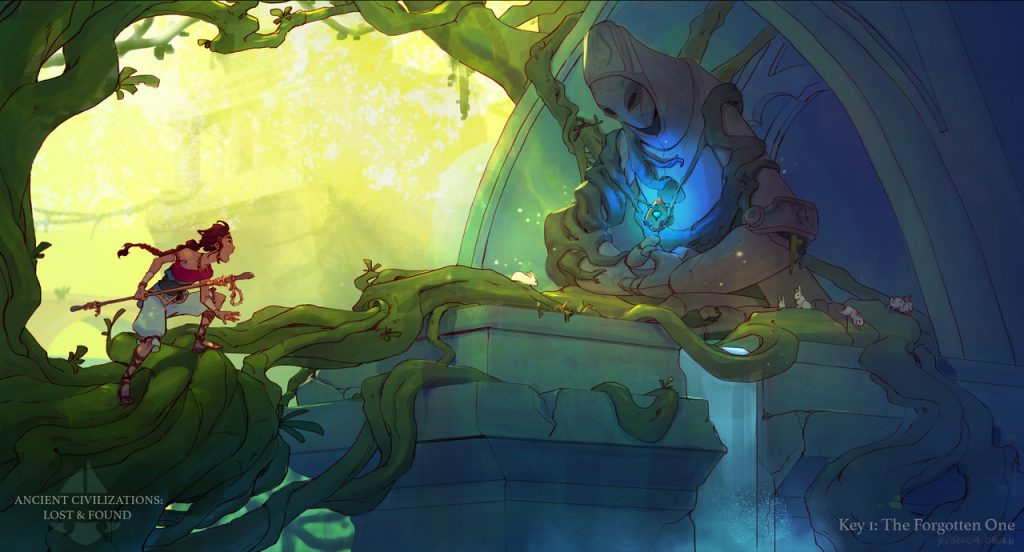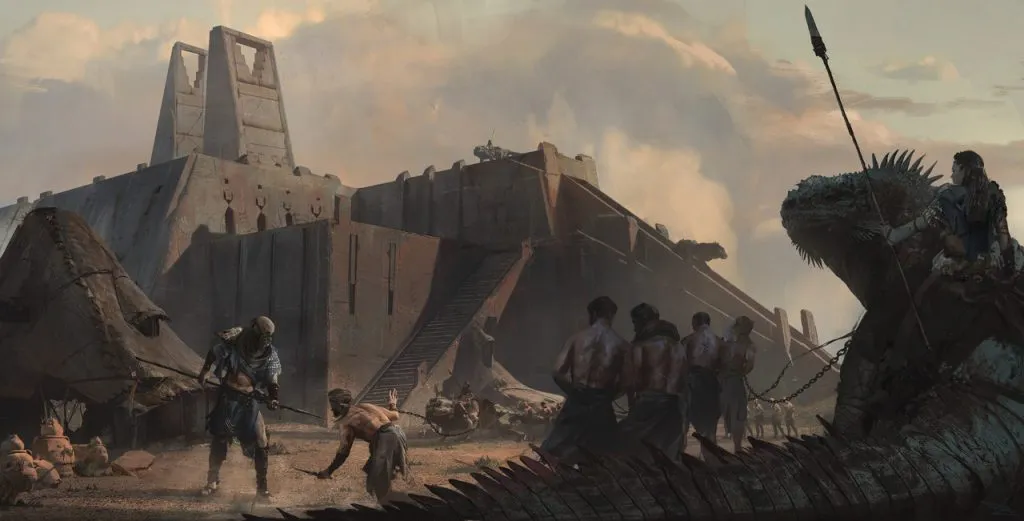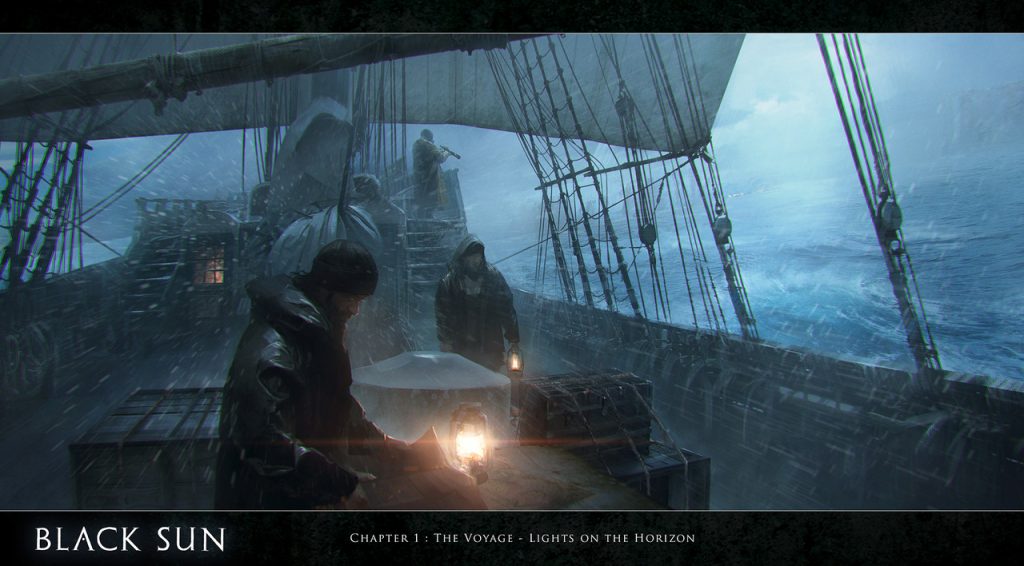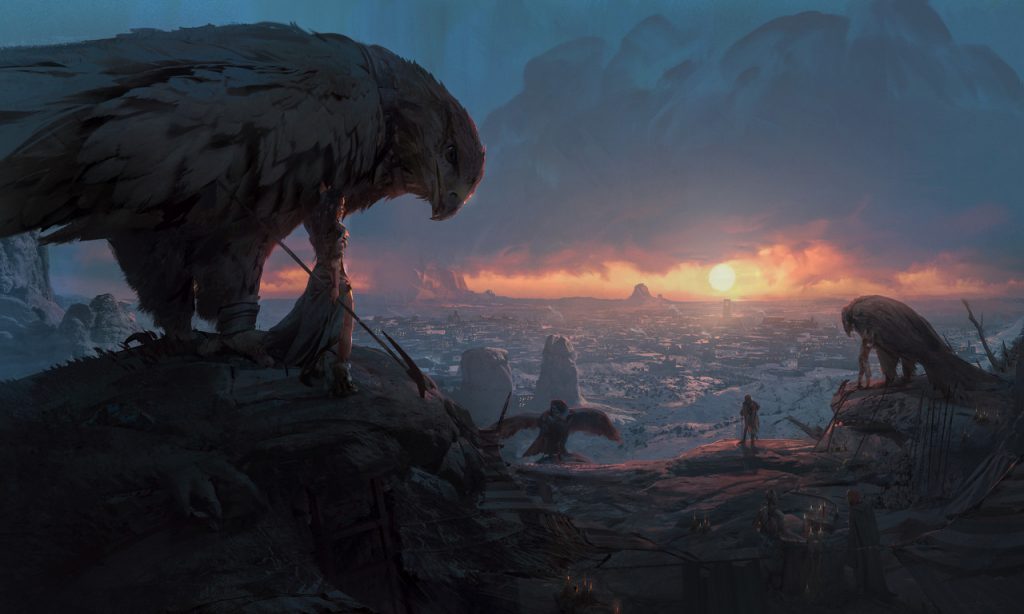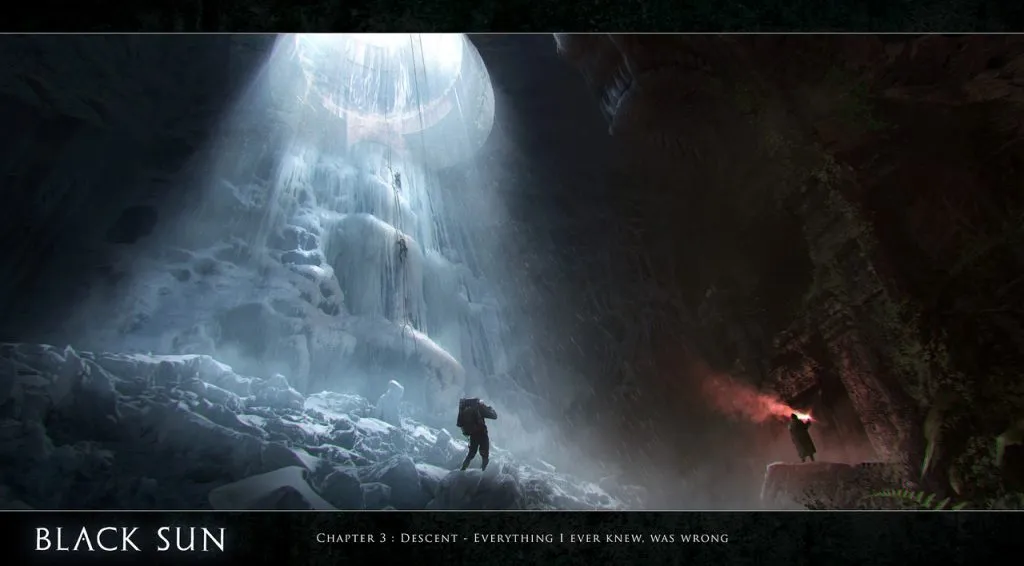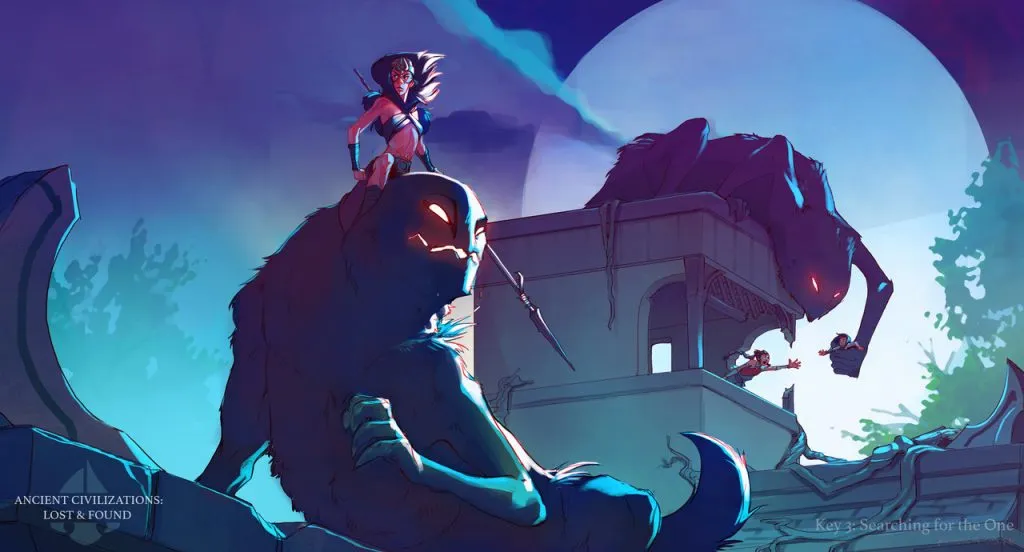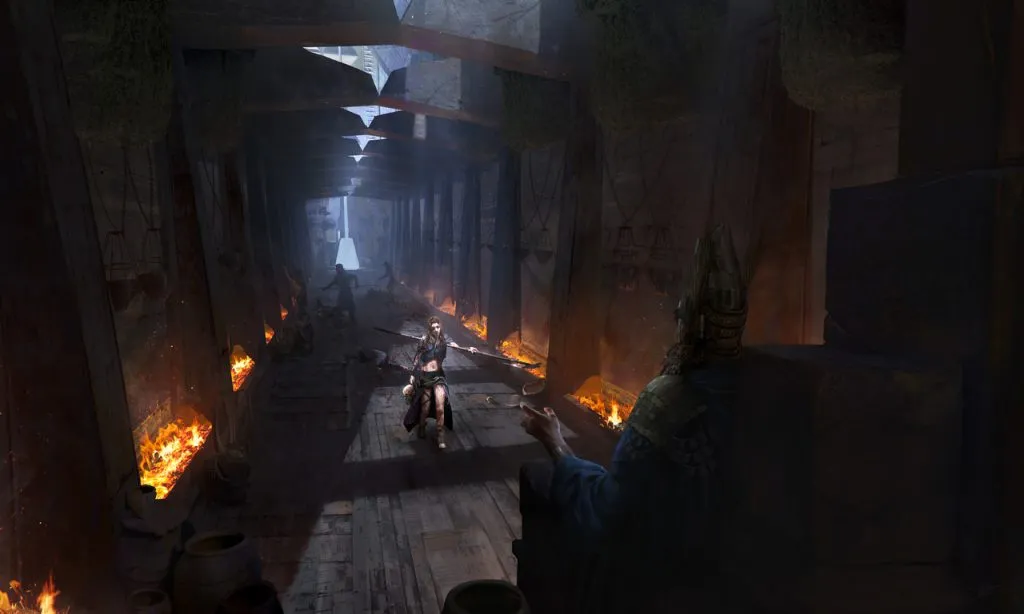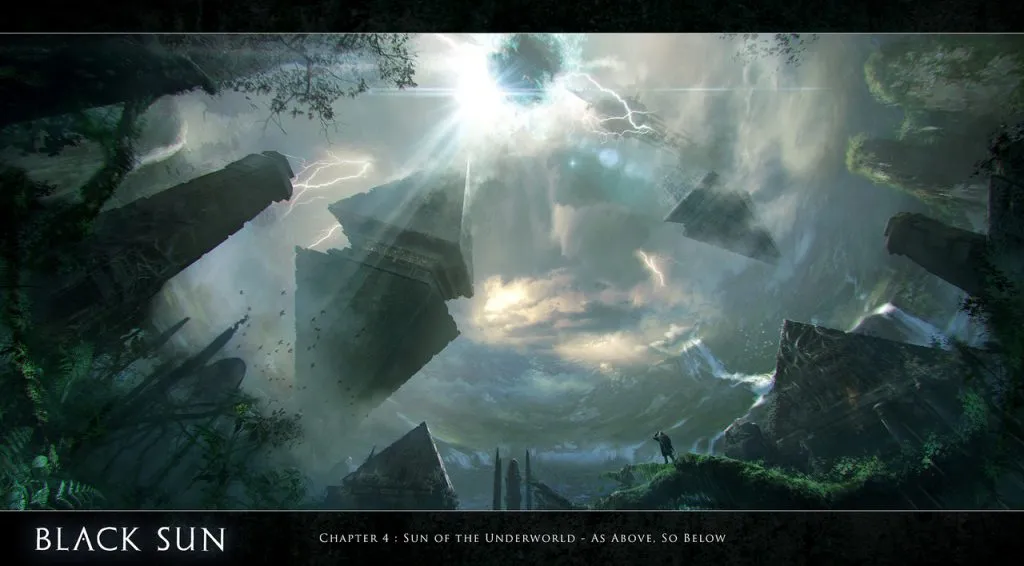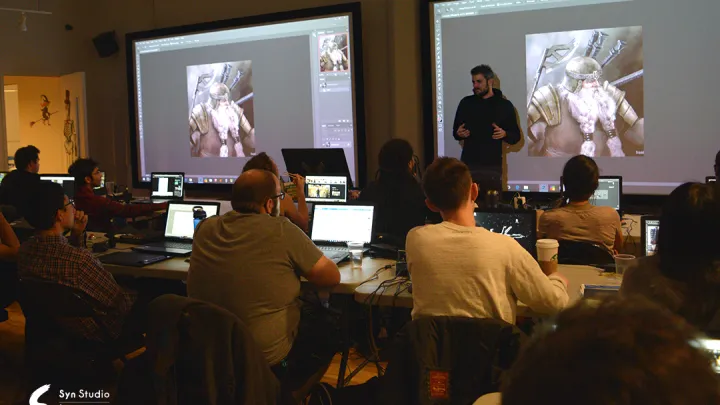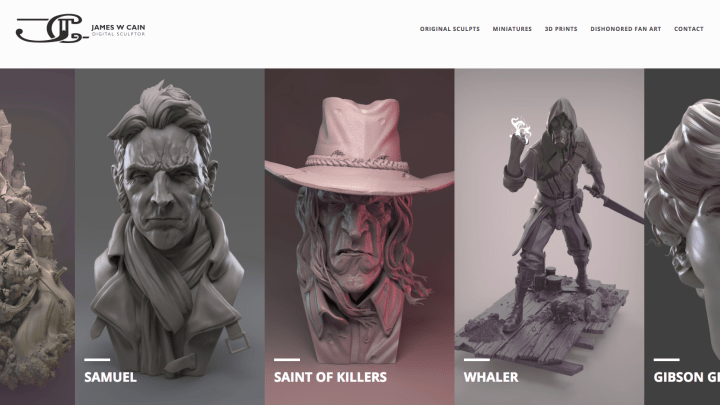Ancient Civilizations: Keyframe Winners Interview
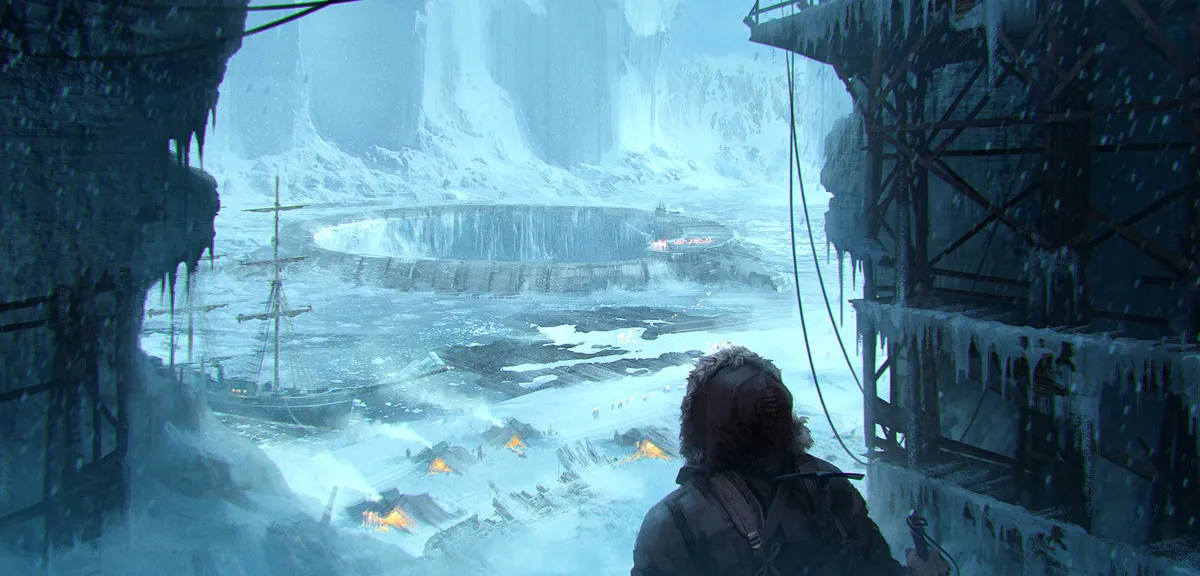
The ArtStation Community Challenges are designed to be a fun and exciting learning experience and the Keyframe portion is all about storytelling.
According to the Challenge brief for our most recent Challenge (Ancient Civilizations), challengers needed to create four keyframes which show key narrative beats in their story that fit within the theme of Ancient Civilizations: Lost & Found. It’s wasn’t enough to create anatomically correct characters, lush jungles, or elaborate temples – participants had to tell a compelling story that draws the judges into the time, the people and the drama of the civilization.
Participants blew judges away by the quality of work they were able to complete in just 4 weeks. Have you seen the incredible results yet?
We interviewed the Ancient Civilizations Challenge winners Joakim Ericsson, Rebecca Oborn and Pablo Dominguez on their progress and learnings from the challenge so that you can gain from their experience!
How did they do it? What was their strategy? Read on to find out directly from the winners what they did to win!
How did you choose and plan which keyframes you would be presenting?
Joakim: Most of it was my gut feeling, but I also tried to analyze it more logically just in case my intuition was wrong. I thought about the story and tried to figure out which scenes would be needed to convey the information I thought was crucial for the viewer. Important scenes, interesting environments, and points where the story would take a drastic change. I needed to keep moments that couldn’t be dropped, scenes which had the characters acting in environments that needed to be shown.
Rebecca: I actually changed my original idea halfway through the contest. I had found the previous idea wasn’t reading very well and so I decided that I needed to go back to the drawing board. I had planned out about twenty different scenarios before settling on the one that I ended up submitting to the challenge.
Pablo: I have always liked Mesopotamian culture so when I read the theme of the challenge, the ideas came alone so I started sketching all the frames and taking references.
What story were you trying to tell?
Joakim: Shackleton mixed with the classical hollow earth thing, used in anything from Jules Verne, to Kong. I was also very inspired by Lovecraft’s “At The Mountains of Madness”, which also ties into “The Thing” etc. A hobby of mine is alternative history and conspiracy theories and there are many stories about Antarctica. Aliens, ruins of ancient civilizations etc. Antarctica has it all.
Rebecca: It’s about a girl who discovers a relic from a forgotten civilization. She takes the relic and a large golem-like beast awakens before her, following the relic holder back to her town. Relic hunters attack her town, seizing villagers when they fail to find the relic. Now the girl and her new friend must journey into enemy territory to rescue the kidnapped.
Pablo: I tried to create a story of a powerful empire against slaves, with fantasy beasts, Big lizards for the Empire who use it to control the slaves, and the slaves and rebels use the power of the Big Birds to reclaim their freedom.
What was your main motivation for participating in the challenge?
Joakim: Fun mostly, but also to see if I could present the story in a compelling way. I have an idea for a single player adventure that pretty much is what my submission shows.
Rebecca: Mostly for fun; to challenge myself and improve the way I design and display a story.
Pablo: To challenge myself to create art within a theme and in the most professional way. With my day job, I only had a few hours per day to work on the challenge.
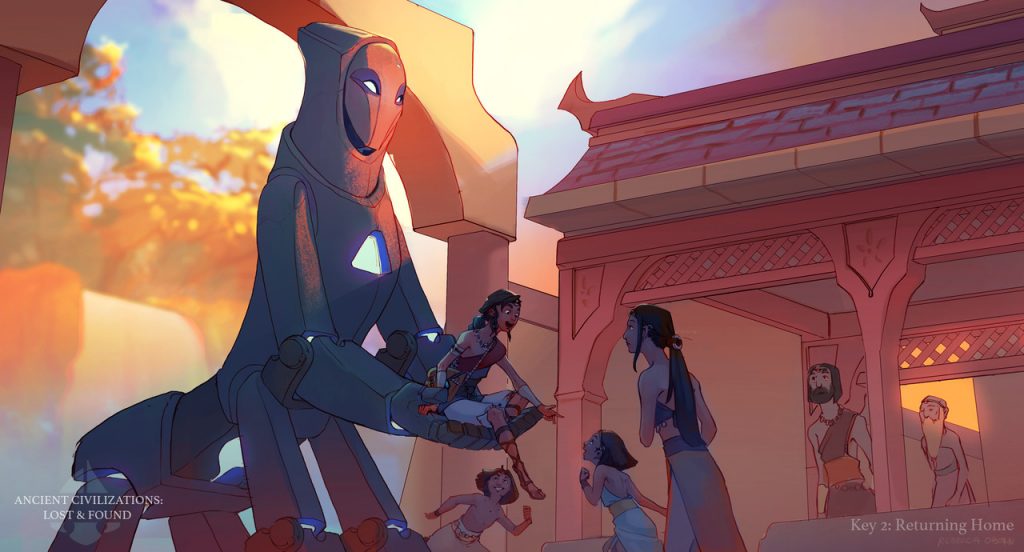
Tell us a little bit about your strategy and process for creating your piece.
Were there any other submissions you were following? What’s another submission that stood out to you in the challenge and why?
Joakim: Pablo Dominguez had very epic stuff and Rebecca Oborn had beautifully drawn work. Ryan Richmond had very vibrant images. Michael Oberschneider had a story that was my favorite. Dofresh had a series that felt very clear with the characters and the events. I liked many more, but those where the ones I studied the most.
Rebecca: There were quite a few people I was watching during this challenge that ended up producing some fantastic work. I especially liked Lu Fio‘s submission, it has an energetic, unique and fun style that I found very appealing.
Pablo: I really like the Artur Sadlos art so I was excited about how his imagination will work for this challenge and the result was really amazing. I also discovered Ryan Richmond and Joakim Ericsson’s works are really cool too.
What was the hardest part?
What did you gain from participating (apart from winning)?
What’s your advice for future challengers?
Rebecca: Find something you are really going to enjoy in the challenge and then take the time to plan it. That’s what I found really made the difference from my first idea to my final in this challenge.
